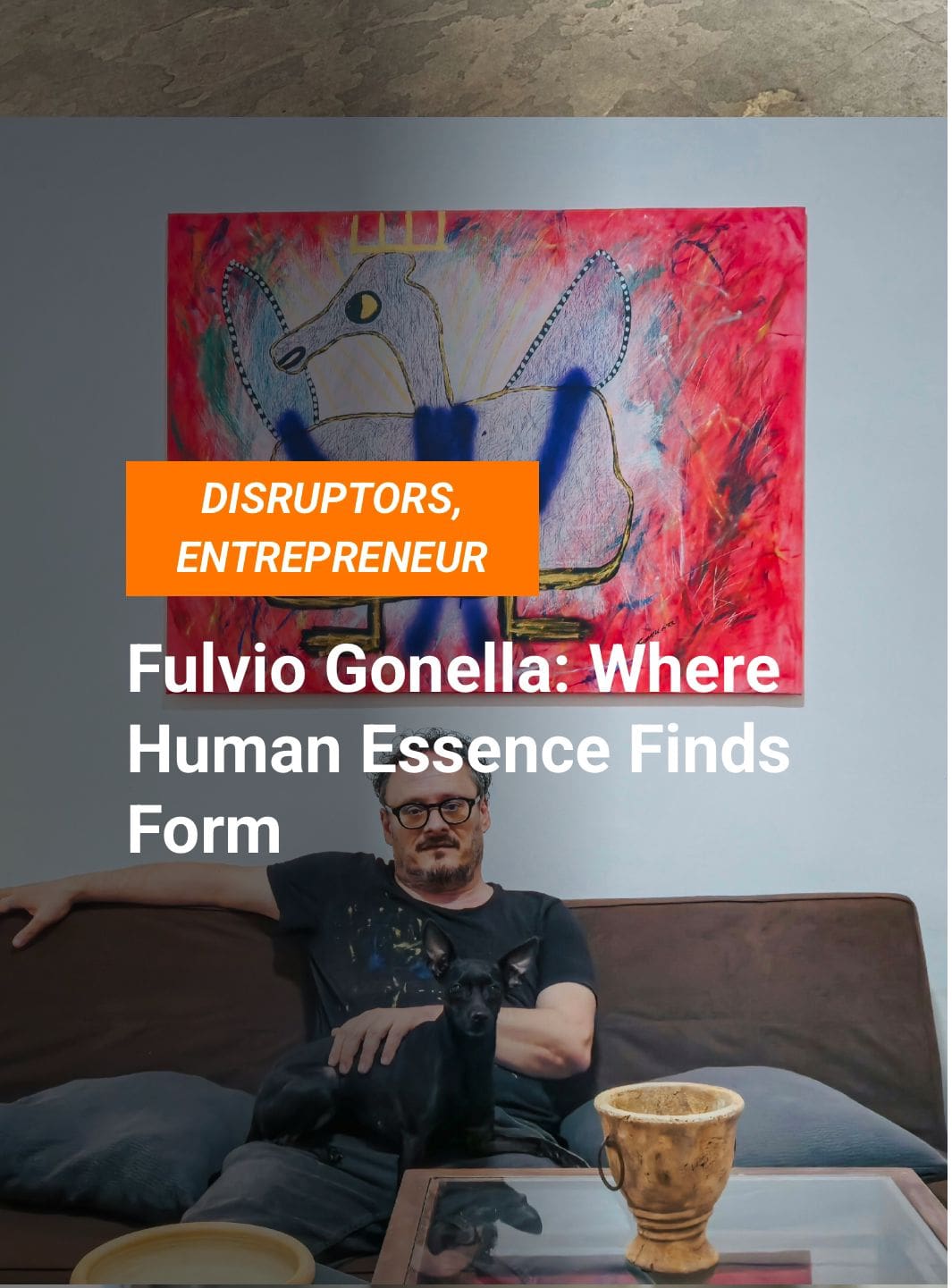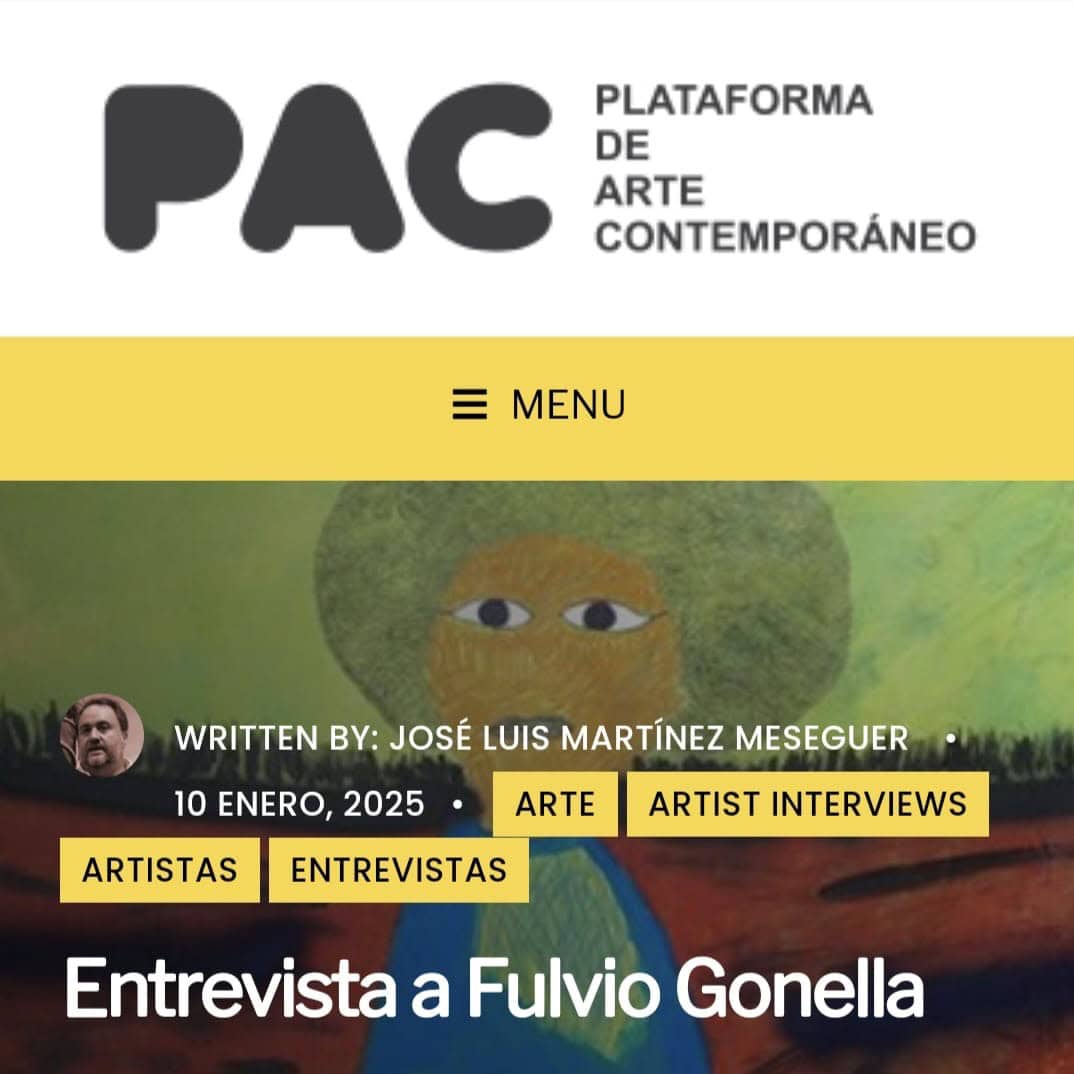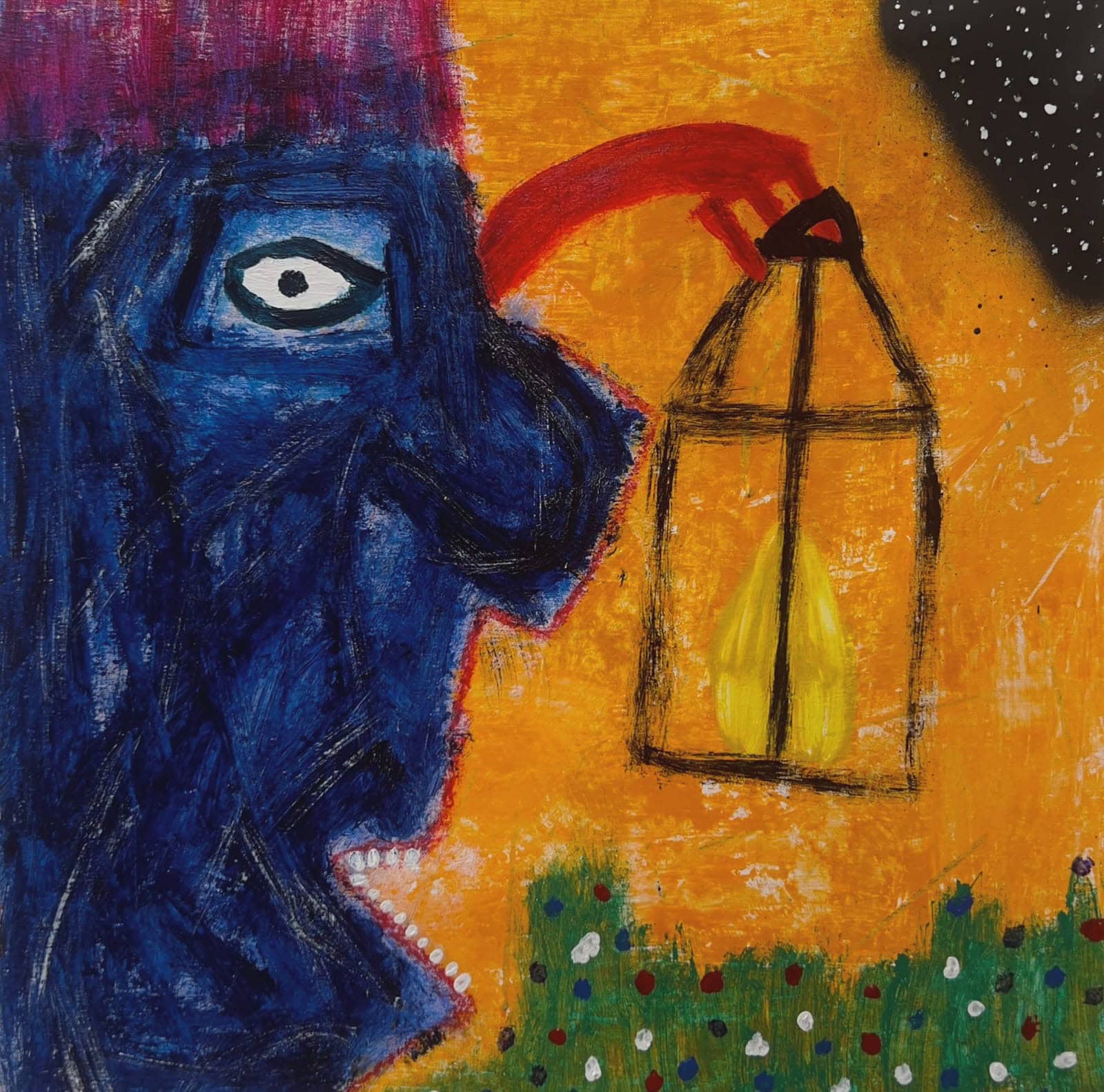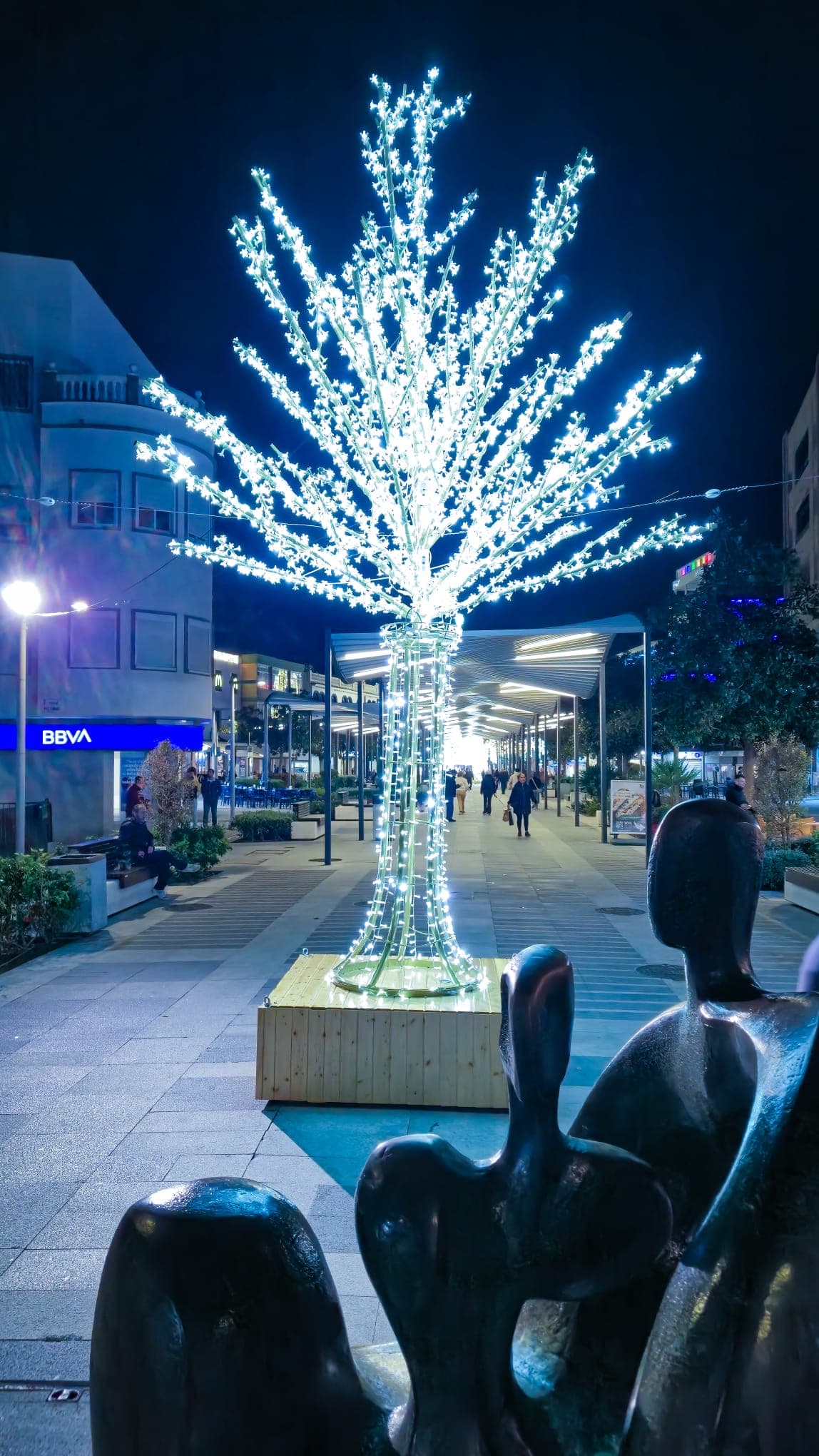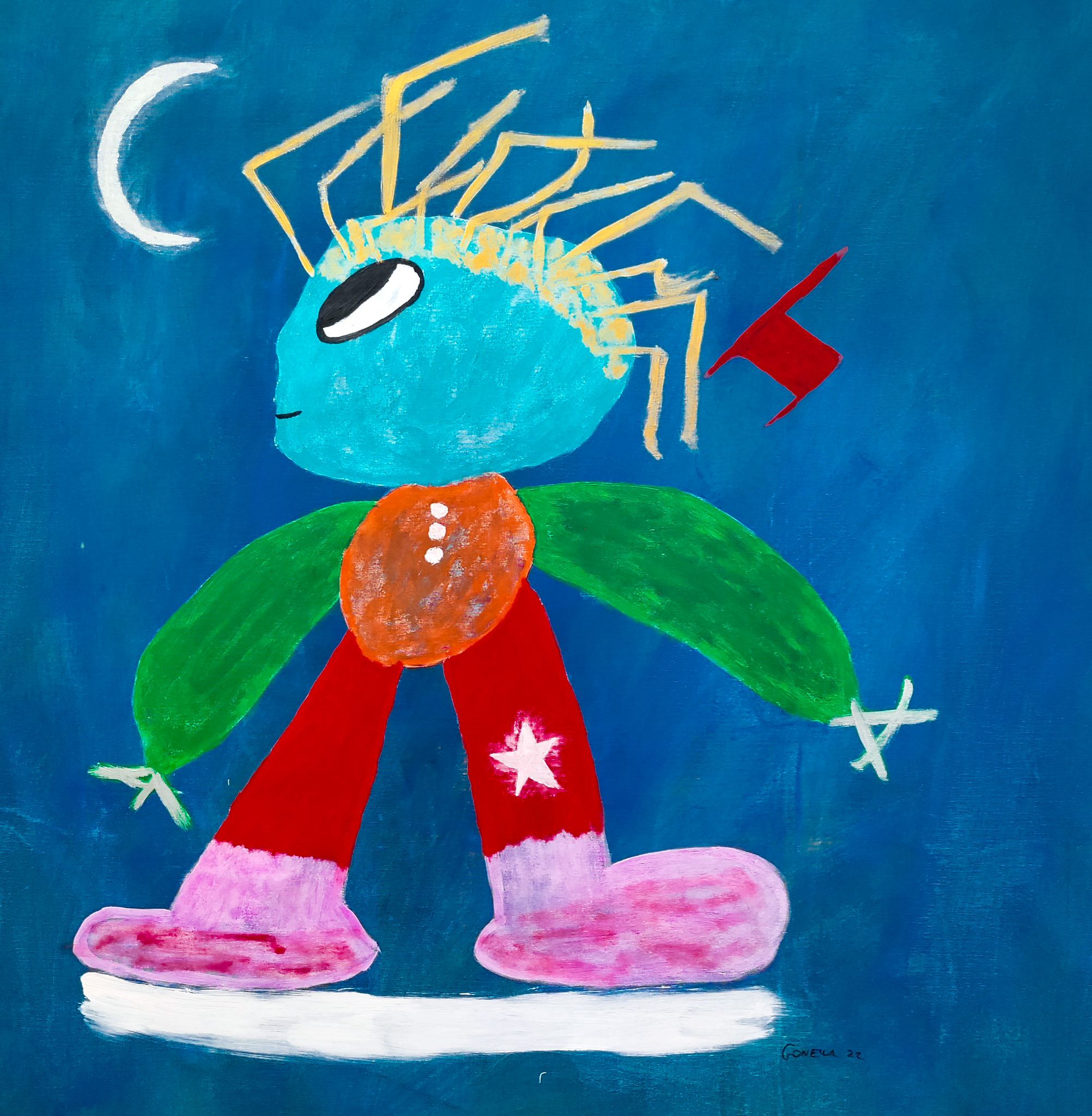When I was a little kid, Christmas and I didn’t get along. It wasn’t the snow (which blanketed my region so thoroughly that it turned everything into a white, frosted wonderland). It wasn’t the gifts, either, or even the endless carols playing on repeat. It was the sheer irrationality of the whole thing. Nothing about it made sense to me.
In my land, it’s not Santa Claus who delivers gifts—it’s the child Jesus. Yes, baby Jesus. The same one lying peacefully in a manger in nativity scenes worldwide. That, my friends, was the starting point of my doubts.
Why, I wondered, was Santa plastered everywhere in the world while we had Jesus handling logistics in my region? And more importantly, why was a newborn God running himself ragged delivering gifts to millions of kids? Shouldn’t he be resting or, I don’t know, doing baby things like teething?
The questions only multiplied:
• Since the child Jesus was born at midnight, and shops were already closed by then, who bought all the gifts? (Was it some divine Amazon service? Did Mary and Joseph have a secret stockpile?)
• My dad, with all his energy and a functioning car, needed half a day to deliver a single package to someone across the province. How were Santa and the child Jesus visiting every house in the world in one night? Did they have some kind of time-space loophole I wasn’t privy to?
• Why did every street corner feature a Santa—and it was never the same person? (Did they hold auditions? Was this a franchise?)
• And, the most disturbing of all: why did the child Jesus bring so many gifts to wealthy kids while children in Africa were starving to death? What kind of divine priorities were those?
At five years old, I decided to go straight to the source. If the child Jesus was going to pop into my house with gifts, I was determined to meet him.
I stayed awake that Christmas Eve, fighting off the pull of sleep with all my might. My parents, of course, gave me the classic warnings: “If you’re awake, he won’t come!” But I wasn’t buying it. I had too many unanswered questions to let this moment slip by.
You probably know how this story ends.
I didn’t meet the child Jesus. Instead, I met my parents—sneaking in with gifts like a pair of underwhelming magicians caught in the act. They were disappointed. I was triumphant.
“There’s no magic,” I declared to myself, feeling oddly liberated. “It’s just a day like any other.” (Although I did love the red bike they brought me.)
Christmas was officially demystified for me at the tender age of five. And honestly? I wasn’t upset. Life isn’t perfect. Neither, apparently, was Christmas.
Even after my early epiphany, I have to admit there’s something about the Christmas season that I like. It’s not the gifts or the consumerist frenzy (though I won’t say no to a good sale). It’s the atmosphere. For a few days, people seem lighter, kinder, and more patient.
And then they don’t.
By January, the smiles are gone. The kindness is packed away with the tinsel. People go back to honking their car horns and ignoring their neighbors. It’s like a spell that wears off, leaving us all as grumpy as before. Why? I mean, why can’t we keep the weird niceness going all year long? Would it kill us?
Maybe it’s the twinkling lights. Or the cookies. Something sugary in the air makes us softer. But the second it’s over, we’re done. Back to normal.
Anyway, as an adult, Christmas hasn’t exactly been my best friend. I’ve spent most of my life as an expat, so family is far away. I’ve had no big feasts. No massive gatherings. No dramatic fights over who forgot to bring the dessert (not that I’m missing that part). Just me. (Well, me and my partner—who used to love Christmas but slowly gave up after realizing he’s living with the Grinch). Usually with some instant coffee and a random snack I pretend is festive.
This year, though, I decided to do something different. Revolutionary, really. I went to work.
Yup. On Christmas Day.
The streets were empty. Completely. You know that eerie movie scene where the city feels abandoned? It was like that. Except there were no zombies. Just a lot of snow and a silence so loud it felt strange.
I walked to my studio. It’s five minutes away. Normally, it’s a short, boring walk. But on Christmas, it felt… special. The silence. The emptiness. It was like I had the whole town to myself.
When I got there, my studio felt like it was waiting for me. The walls covered in half-finished ideas. The brushes lying around, begging to be used. My canvases sitting there, looking hopeful. (Yes, I talk to my paintings. Don’t judge.)
I could almost hear them: “Finally! You’re here! Let’s get started!”
So I did.
I worked. I painted. I mixed colors. I made a mess. My poor brushes didn’t stand a chance. (I wasn’t gentle.) But it felt good.
My paintings became my family for the day. Each one has a personality, you know. The bold ones. The shy ones. The weird ones that don’t quite know what they’re supposed to be. They all kept me company.
And honestly? It was nice.
As I worked, I started thinking. Christmas, for most people, is about family. Connection. Togetherness. The big stuff. But what about people like me? People far from home. People who don’t have the big gatherings or the noisy traditions?
At first, that thought felt a little sad. Like I was missing out on something. But then I looked around. My studio. My work. My colors. My chaos. It hit me: this was my version of Christmas.
Not the loud, glittery kind. The quiet, messy kind.
Every brushstroke felt like a little gift to myself. Every color I mixed felt like a small celebration. The imperfections in my work? They felt just right.
Because here’s the thing. Christmas doesn’t have to look a certain way. It doesn’t have to be perfect. It doesn’t even have to involve people, really. (Though I hear they’re nice sometimes.)
I don’t think the magic of Christmas is what we think it is. It’s not Santa. Or baby Jesus. Or even that red bike I got when I was five.
It’s simpler than that.
The magic is in the pause. That rare moment when the world slows down. When we stop rushing. When we look around and actually see something beautiful—even if it’s just an empty street or a messy studio.
So while everyone else was singing carols and exchanging gifts, I painted. I worked. I celebrated in my own way.
And you know what? It felt good.
Not in the way sitting by a fire with family might feel. But in a way that felt honest. Real.
Because sometimes, the best traditions are the ones you make up as you go.
Post Scriptum: Although I don’t like Christmas, I do eat panettone. Italian roots… what can I say? Some traditions are worth keeping.

